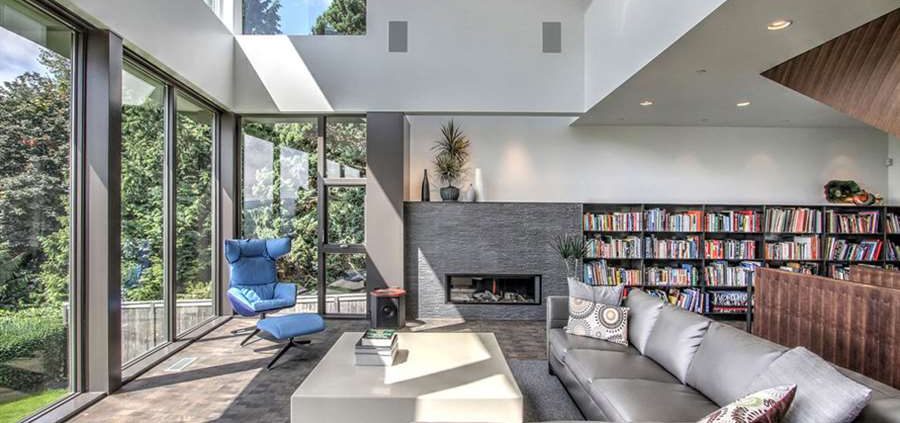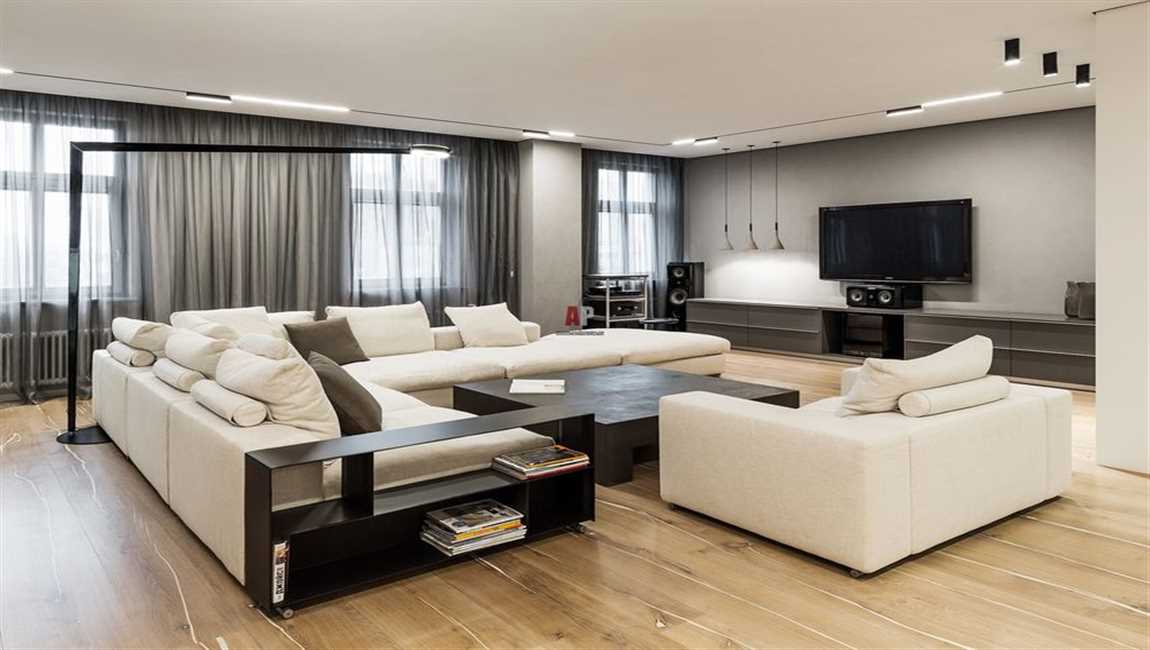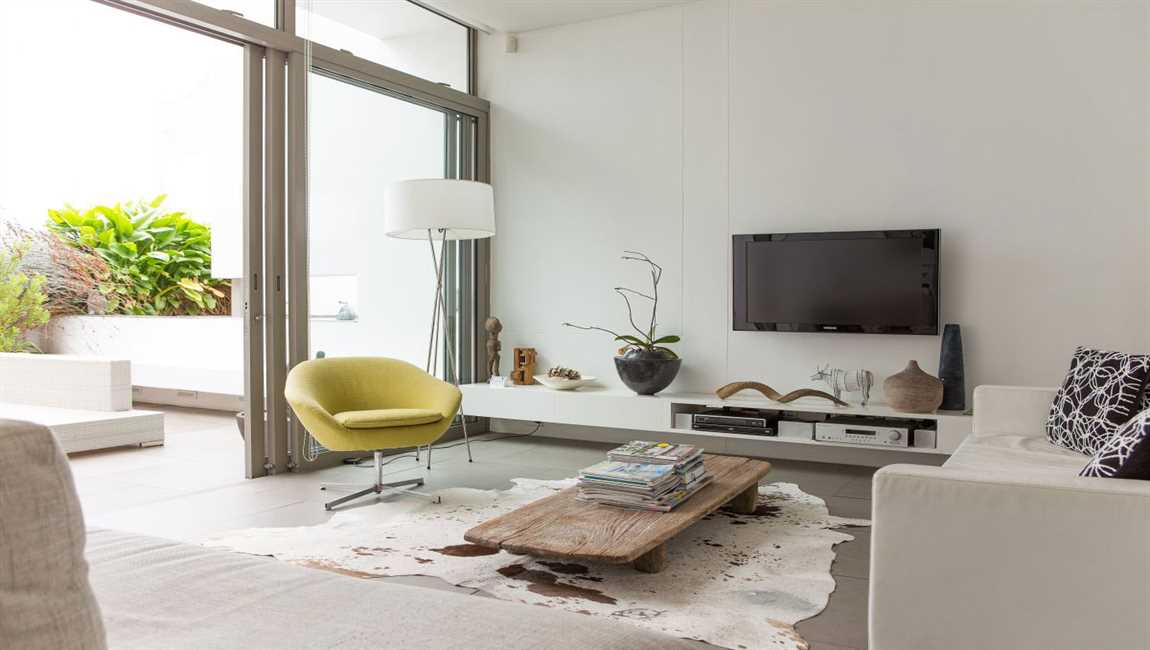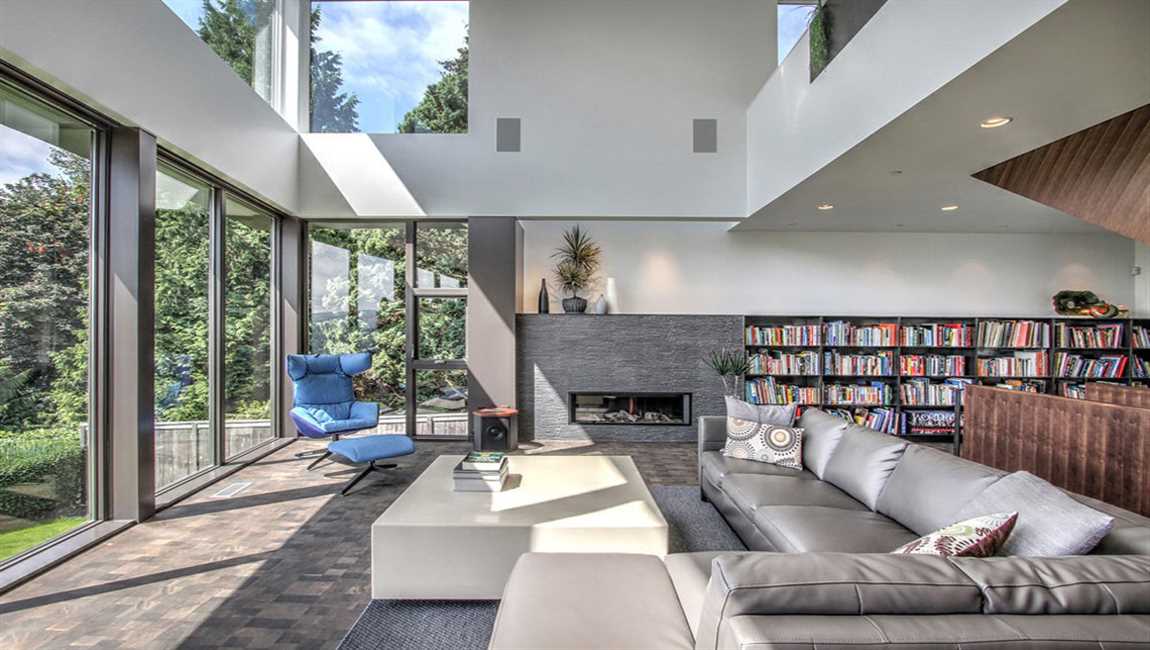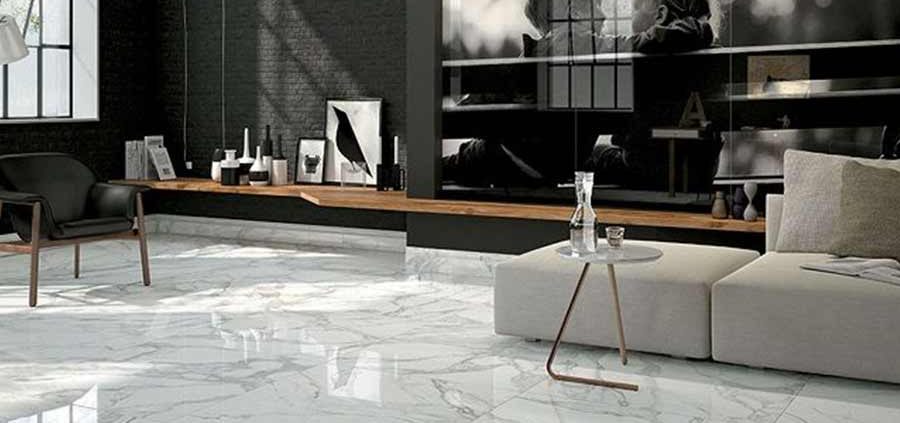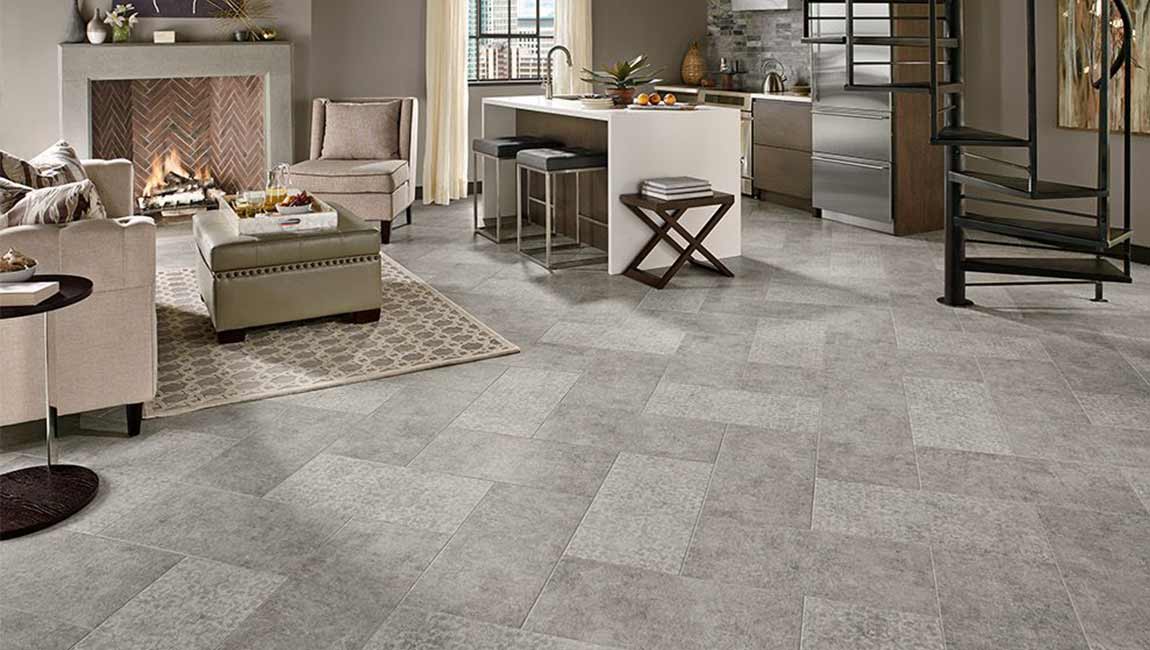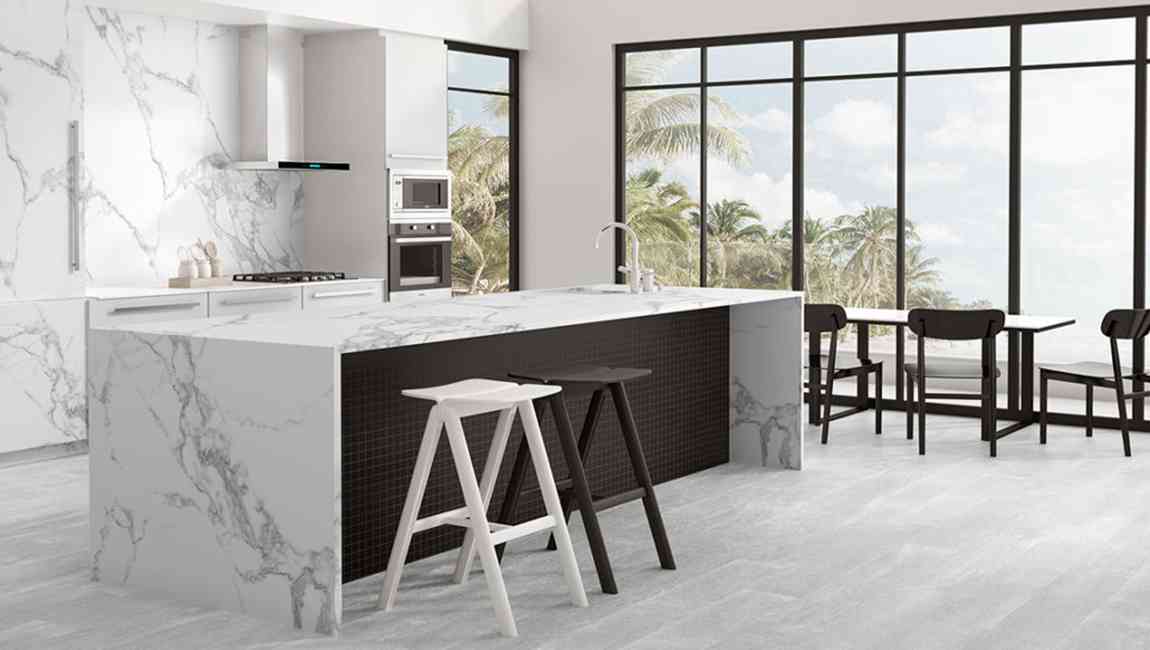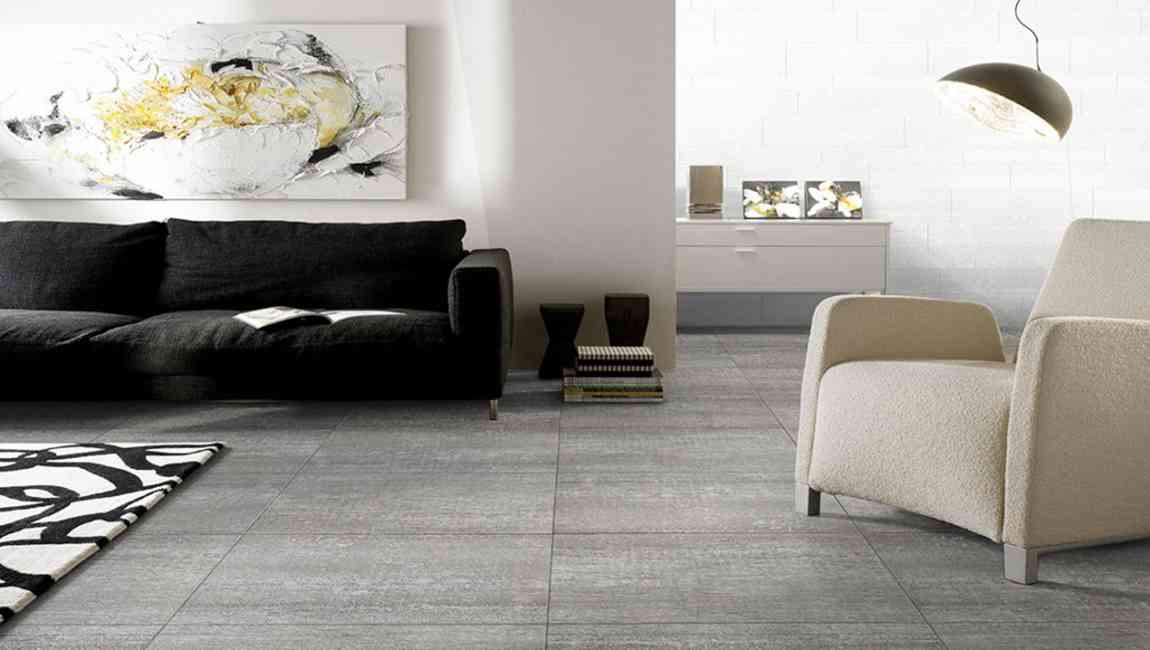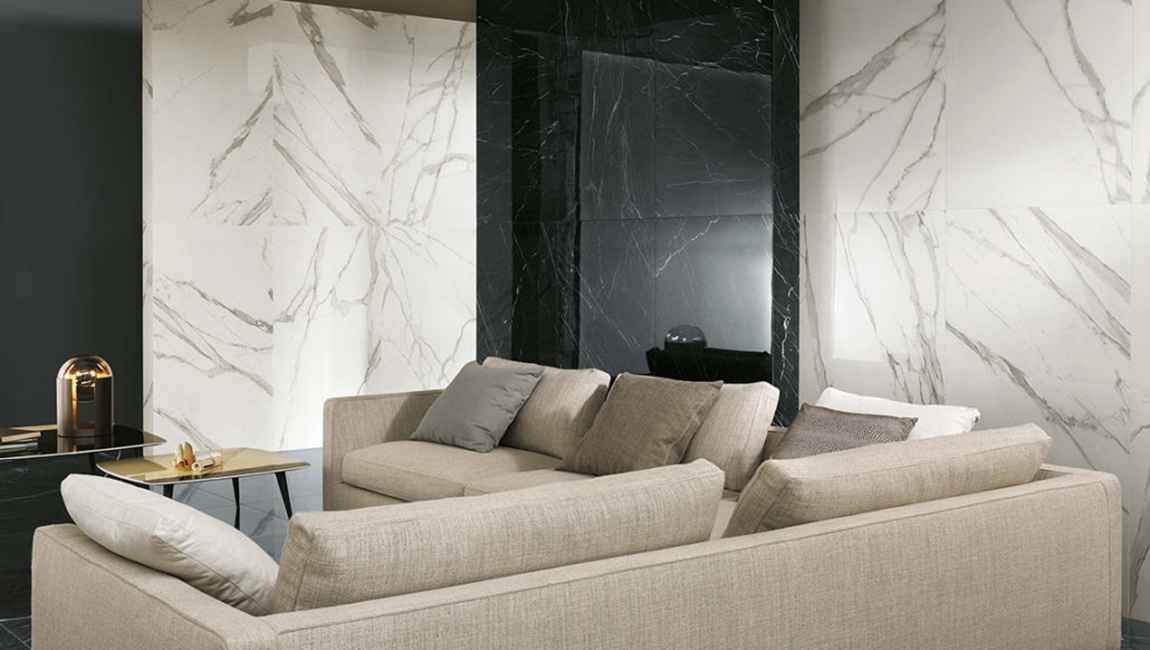How to Cleaning the Tiles with a Baking Soda Paste?
Mix 3 parts baking soda to 1 part water in a bowl. Mix the baking soda and water together until it forms a thick paste. The paste should have a toothpaste-like consistency. If the mixture is thin, then keep adding more baking soda until it reaches the desired thickness.
For tough stains, add hydrogen peroxide to the mix by substituting half of the water with peroxide. Alternatively, you can use a marble tile cleaner to clean your wood marble tiles if you do not want to use a baking soda paste.
Apply the paste with a sponge. Do this by spreading the paste over the tiles. Make sure to apply a generous amount in between the tiles and on tough stains. Spray the paste with the vinegar solution. The vinegar will react with the baking soda, making it bubble. The vinegar helps the paste eat through the soap scum.
Scrub your tiles with a scrub brush. Use a stiff bristle brush or a grout brush. Scrub your small tiles in a circular motion. Use pressure to remove tough stains and mildew from the tile, as well as when cleaning in between the marble wall tiles. For small crevices, use a toothbrush.
Rinse with warm water. Use a bucket or pitcher to rinse your tiles. Pour the water over the rustic tiles until all the soap and residue are removed. You may need to rinse your tiles three to five times. Dry the wall tiles with a clean towel. This will prevent water from pooling in corners and crevices, which will help in the prevention of mold and mildew growth.
Spray the vinegar solution onto the stone tiles. Do this after you finish showering two to three times a week. This will help keep your shower tiles clean for a longer period of time. Keep a spray bottle labeled “shower spray” in your shower for easy access. If you have children, keep the bottle up high and out of reach.

